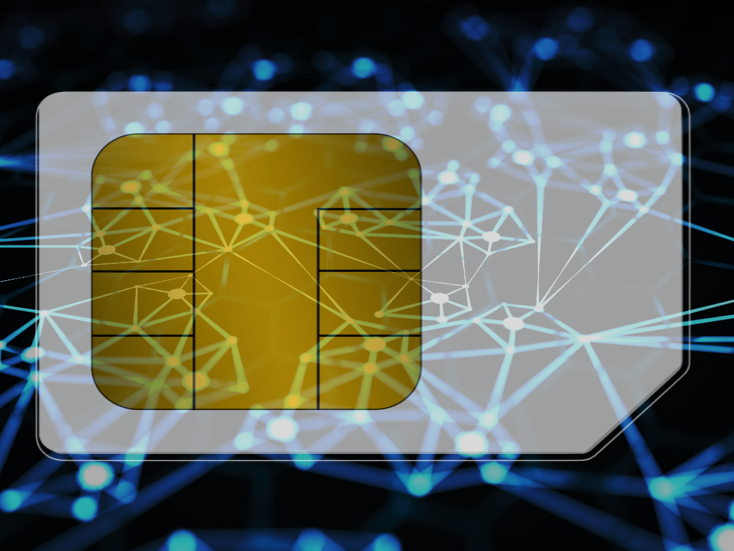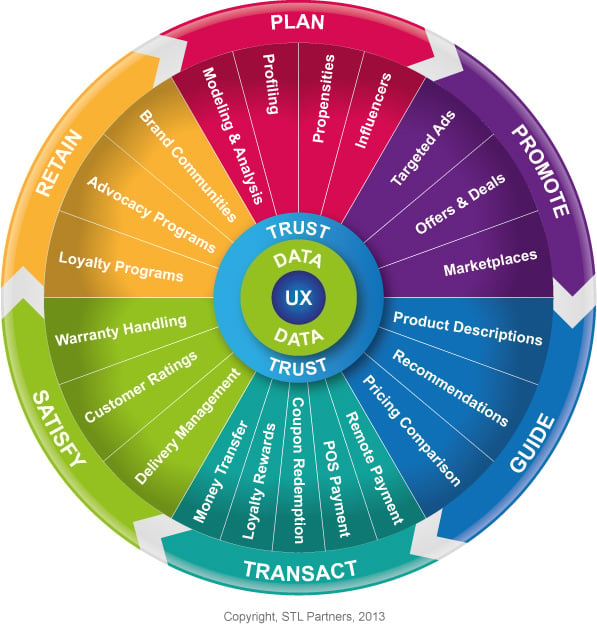
eSIM: How Much Should Operators Worry?
The evolution of eSIMs, supporting remote provisioning of mobile operators’ profiles, could allow new IoT devices and business-models to thrive. However, the promise is countered by fears that eSIM could enable Internet companies and device manufacturers to become connectivity gatekeepers. We analyse the threats, opportunities and practicalities, and give our view of the likely outcomes.

